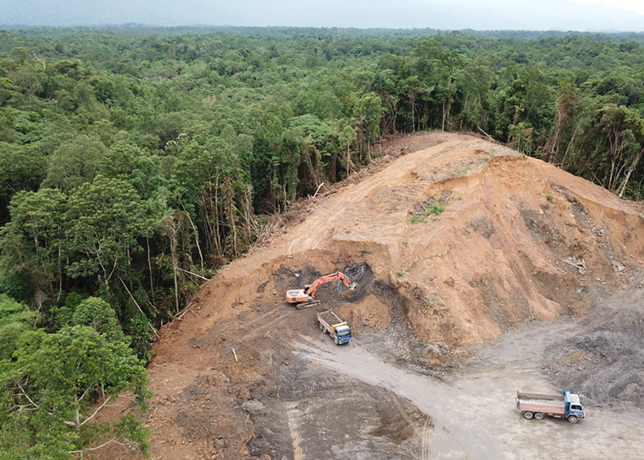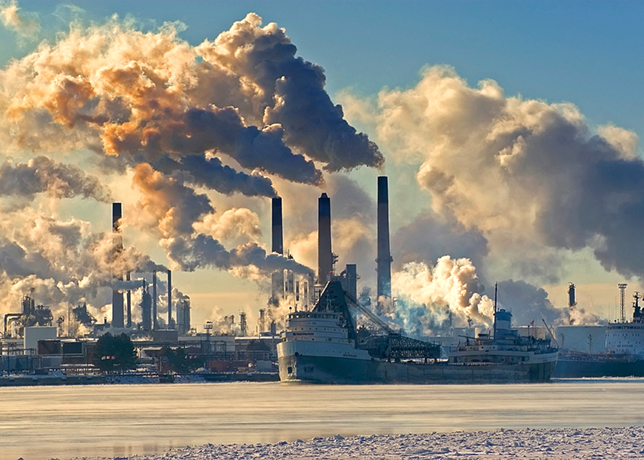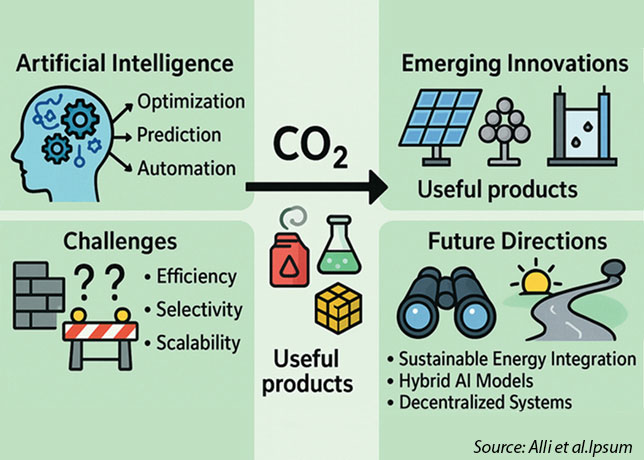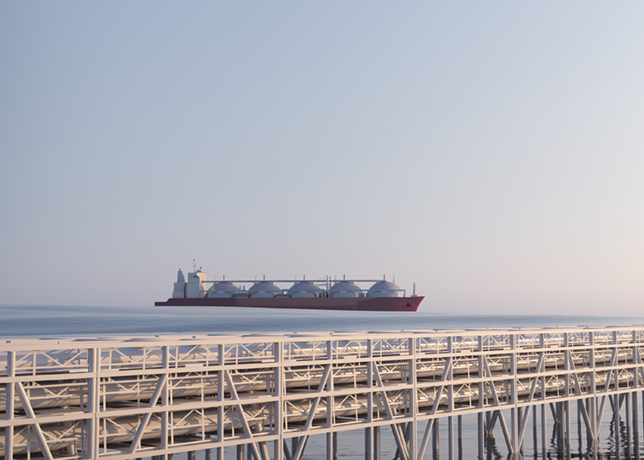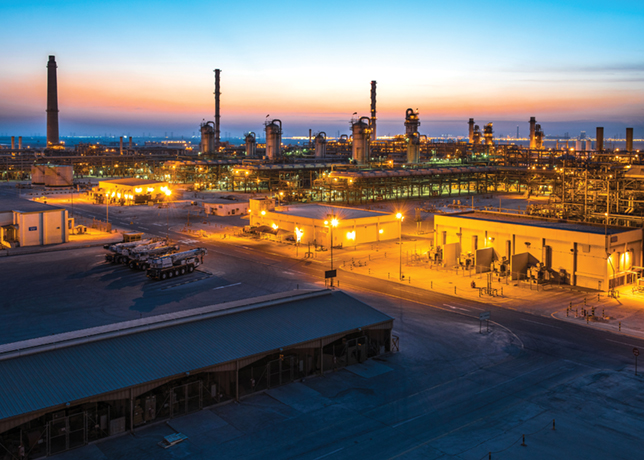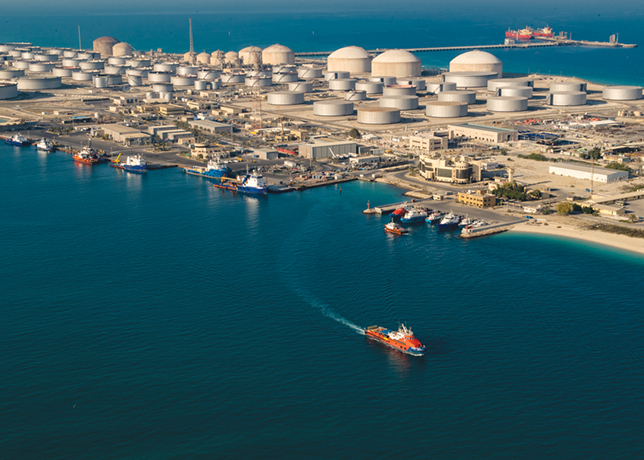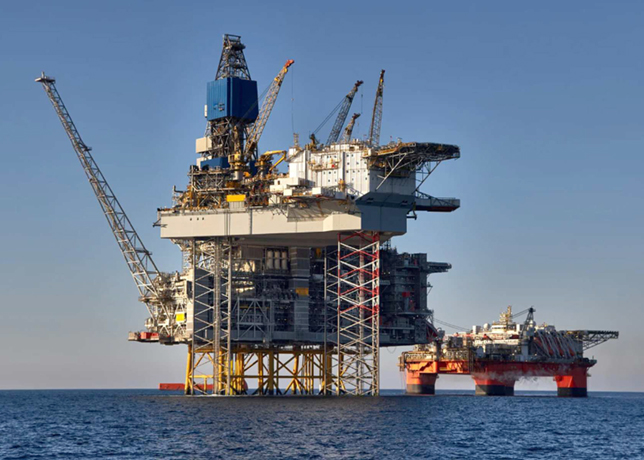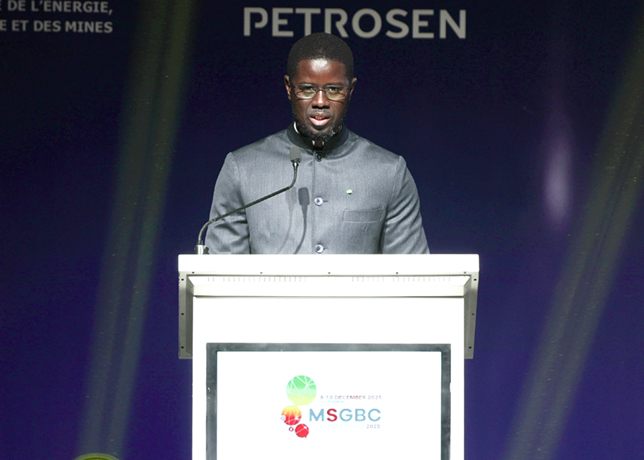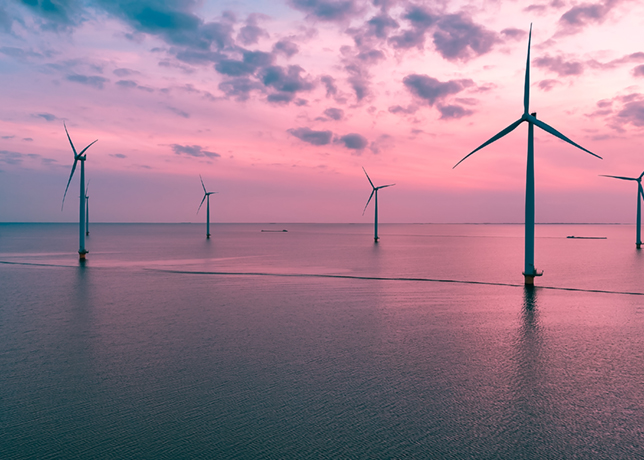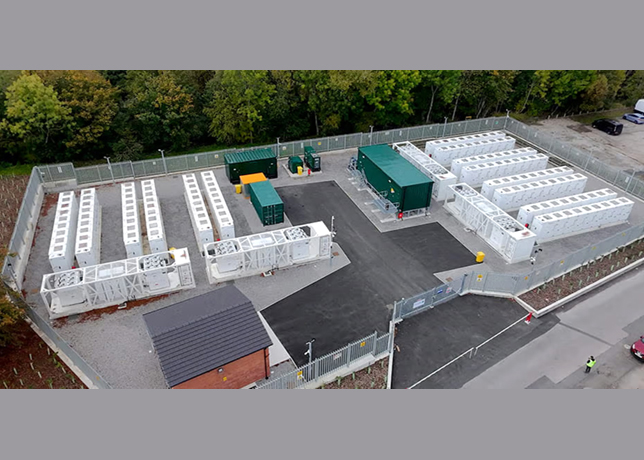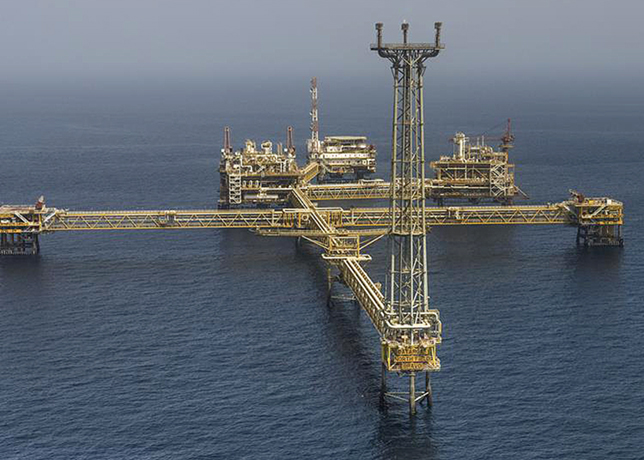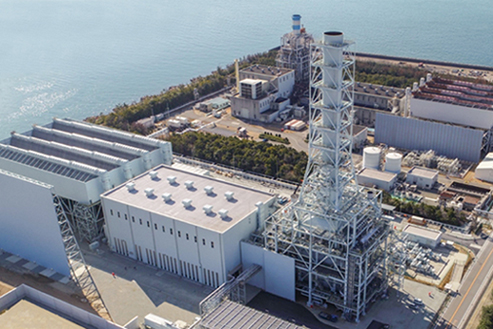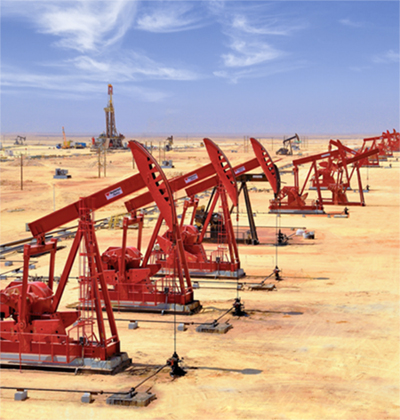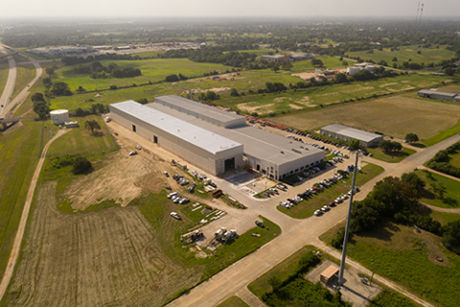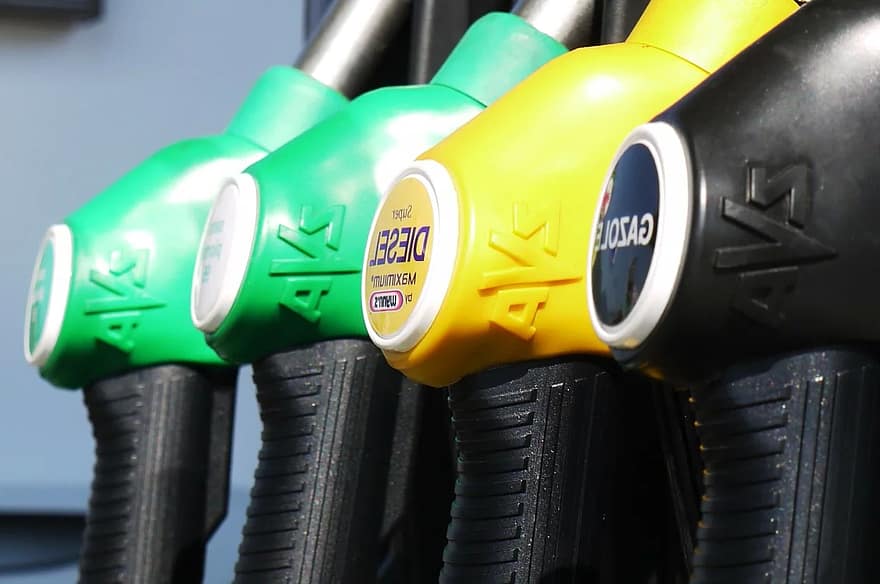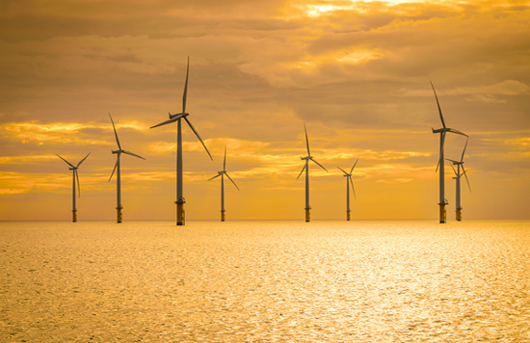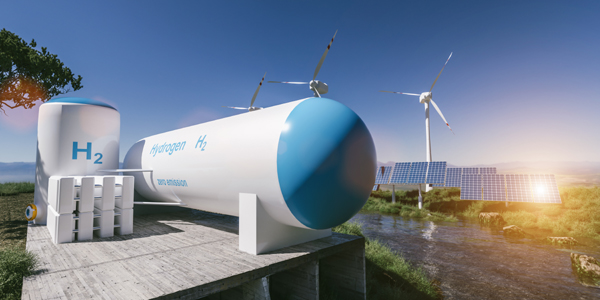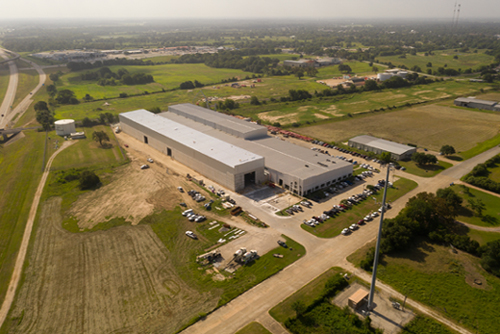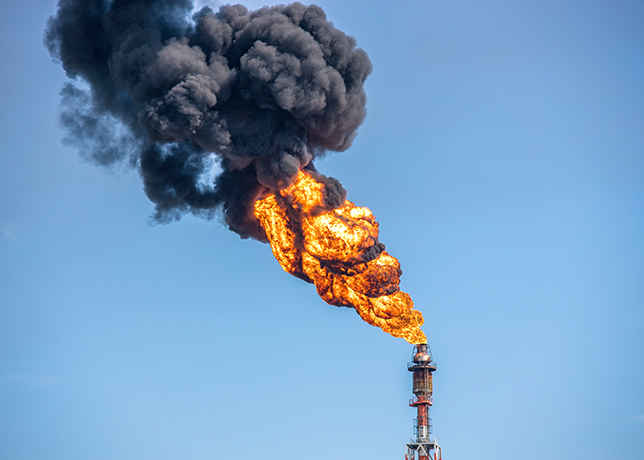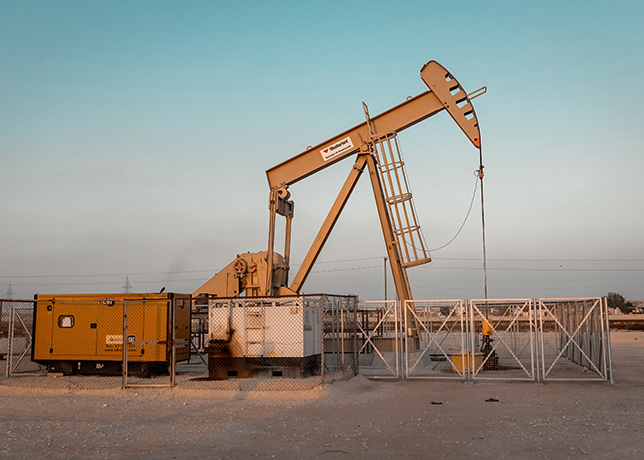
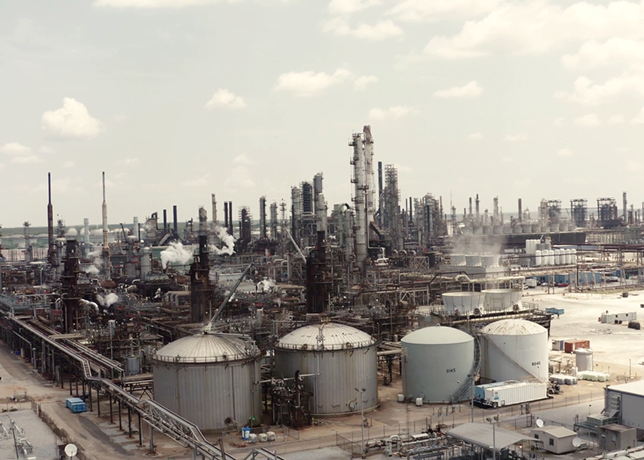 Oil demand is clearly staging a powerful resurgence in 2025
Oil demand is clearly staging a powerful resurgence in 2025
Driven by Asian demand and summer travel, oil consumption rebounds sharply in 2025, but experts caution slow-growth forecasts may understate the recovery’s strength amid non-OECD resilience and surprisingly tight markets
The global oil market has experienced a pronounced recovery in 2025, with consumption springing back from pandemic sluggishness and combating economic uncertainties.
Buoyed by renewed summer travel, resurgent Asian refining, and unanticipated non-OECD strength, oil demand appears decidedly more robust than most forecasts suggest.
While established agencies expect moderate expansion, growing signs hint that those projections may underplay a faster, more sustained rebound; and that a true peak in oil consumption may be further away than anticipated.
Oil demand in the first half of 2025 has surprised many. Forecasts initially suggested modest growth of just 700,000 barrels per day (bpd) this year, the weakest since 2009, excluding the Covid-affected 2020.
Yet actual data indicates that in Q1 alone, demand rose by nearly 990,000 bpd year-on-year, marking the strongest start since post-pandemic recovery periods.
Seasonal drivers are also evident: global refinery runs jumped by 1.7 million bpd in June, with another 2 million bpd expected in July and August, pushing capacity to roughly 85.4 million bpd.
Meanwhile, price and inventory signals support the rebound thesis. US crude stocks fell by over 3 million barrels in late July, indicating sustained consumption, while summer trading developments helped Brent rise to approximately $69 per barrel.
Ongoing disruptions in Iraq and tight spot markets have kept global benchmark prices hovering around $70.
Despite trade-related headwinds and tariff concerns, oil demand has appeared surprisingly resilient.
Industry analysts trimmed 2025 growth expectations slightly in June, but the numbers still indicate a historically moderate expansion.
Inventory draws and firm refinery runs suggest that actual consumption is outpacing these conservative forecasts.
NON-OECD MARKETS & ASIA POWER THE BOUNCE
The demand resurgence is emphatically being driven by non-OECD economies. Recent forecasts suggest global liquid fuels consumption will rise by 0.8 million bpd in 2025 and by 1.1 million bpd in 2026, with growth almost entirely attributed to China and India.
India alone is expected to add 0.5 million bpd through 2026, while China contributes about 0.4 million bpd. In contrast, demand in OECD nations is projected to remain flat or even decline slightly.
Yet even within Asia, the dynamics are diverging. China’s crude imports increased by just 1.4 per cent in early 2025, reflecting plateauing demand resulting from increased electric vehicle adoption, renewable energy capacity, and alternative transport infrastructure.
Nonetheless, total Asian crude imports rose by 510,000 bpd in the first half of the year, signalling underlying strength in regional industrial and consumer demand.
OPEC, in contrast to other agencies, remains significantly more optimistic. It expects oil demand in 2025 to grow by 1.29 million bpd, led overwhelmingly by developing markets.
Its long-term vision anticipates demand climbing from 103.7 million bpd in 2024 to over 123 million bpd by 2050.
And, according to oil advocates, oil will continue to be a central pillar of the energy system for decades to come.
AN EVOLVING MARKET
The backdrop to this rebound is a global energy market in transition. Total energy demand in 2024 rose modestly by 0.8 per cent, down from 1.9 per cent in 2023, reflecting both economic normalisation and more moderate industrial growth.
Non-fossil sources, however, saw significant increases: Wind and solar grew nearly 6 per cent, nuclear by 4 per cent, and natural gas by 2.7 per cent.
Oil’s share of the global energy mix dropped below 30 per cent, its lowest level in half a century.
Still, in sectors like transport, petrochemicals, and aviation, oil remains indispensable. Aviation fuel demand continues to rebound post-pandemic, though overall consumption remains below pre-2019 efficiency levels.
Petrochemical feedstock usage is strong, maintaining oil’s importance beyond mobility.
Long-term outlooks differ. The IEA’s mid-decade forecast sees global oil demand increasing by 2.5 million bpd from 2024 to 2030, then levelling off near 105.5 million bpd.
Electric vehicles are expected to displace about 5.4 million bpd by 2030. Still, this displacement will likely be offset in part by continued demand from plastics, synthetic fibres, and industrial fuels.
In contrast, OPEC forecasts sustained demand growth, especially from non-OECD countries. Its scenario anticipates population and economic growth in the developing world driving a steady increase in oil consumption beyond 2030.
Primary energy demand globally is expected to climb from 308 million barrels of oil equivalent per day (mboed) in 2024 to nearly 378 mboed by 2050, a 23 per cent rise.
Oil’s share, while gradually declining, is still projected to hover just under 30 per cent by mid-century.
Meanwhile, natural gas demand is forecast to rise by nearly 20 mboed by 2050, strengthening its position as a transitional fuel.
Renewables, particularly solar and wind, will expand rapidly from 10.6 mboed in 2024 to 51.1 mboed by 2050.
Even with this massive growth, renewables alone will not displace oil and gas entirely.
The electricity sector will undergo significant changes. Global power consumption is set to surge from 31,500 terawatt hours (TWh) in 2024 to 57,500 TWh in 2050, with 75 per cent of that growth coming from developing countries, most notably in Asia.
Intermittency challenges from renewables have already caused instability in several power grids, prompting some governments to reassess their energy transition strategies.
Despite the optimism around clean energy, constraints such as grid limitations, project financing challenges, and policy inconsistencies have slowed the deployment of renewable infrastructure in many emerging markets.
As a result, oil and gas remain not only relevant but essential to maintaining economic momentum in large parts of the world.
Oil demand is clearly staging a powerful resurgence in 2025, fuelled by regional consumption, seasonality, and more nuanced macroeconomic factors.
While structural transitions are well underway, their effects are layered and uneven. As real-world indicators outpace forecasts, commodity analysts are increasingly questioning whether standing estimates are too conservative.
Put simply: Oil demand is not just bouncing, it may be redefining itself, sustaining growth at levels far more resilient than many anticipated.






